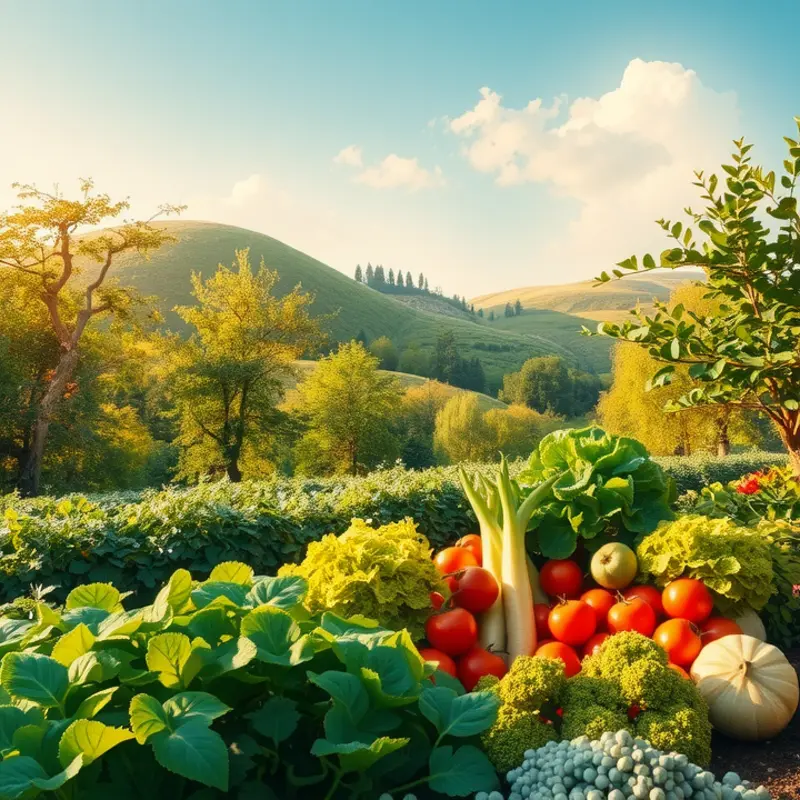Proper food storage is essential for minimizing waste and ensuring food remains fresh for longer periods. The right freezer containers not only protect your food but also help you manage ingredients better, reducing the chance of spoilage. This guide highlights the best freezer containers available, offering practical tips on maximizing their use for a more organized kitchen and efficient meals.
Essential Features of Freezer Containers

Choosing the right freezer containers is vital for preserving food safety, extending shelf life, and ensuring convenience. Several key features are worth considering to achieve optimal food storage.
Material Quality: Selecting the right material is crucial to maintain food safety and retain nutritional value. Food-grade plastic containers are lightweight, inexpensive, and convenient. However, ensure they are free from bisphenol A (BPA), as it can leach into food. Glass containers are another excellent choice. They are non-reactive, do not absorb odors or stains, and are safe for microwave reheating. However, they might be heavier and more prone to breaking. Silicone options also exist, which offer flexibility and resistance to temperature extremes.
Seal and Closure: The effectiveness of your freezer containers in preventing freezer burn largely depends on their sealing mechanisms. Opt for containers with airtight lids and secure locking systems to keep moisture out and flavors in. Snap-lock lids are particularly effective, as they form a tight seal that prevents leaks and freezer burn, ensuring your food remains fresh longer.
Size and Shape: The design of a container can significantly impact storage efficiency. Square or rectangular containers utilize space better than round ones. This consideration is critical when organizing your freezer to maximize limited space. Moreover, varying sizes accommodate different food portions, facilitating meal prep and portion control.
Stackability and Nesting: Maximizing freezer space is essential, especially for those storing frozen meals or bulk ingredients. Look for containers that stack well, providing a stable structure in your freezer. Nesting containers, which fit within each other when not in use, save storage space outside the freezer, offering a dual benefit.
Durability and Temperature Resistance: Containers must withstand the low temperatures of freezers without cracking or experiencing wear. High-quality plastic, glass, or silicone options meet these standards. Ensure your chosen containers can also withstand temperature changes, allowing you to transfer them from freezer to microwave without compromise.
Transparency and Labeling: Clear containers allow easy identification of contents without opening them. This feature helps in managing your food stock efficiently. Regardless, always label your containers with the contents and freezing date. Doing so minimizes waste by keeping you informed of what’s available and its freshness.
For those following specific dietary plans like keto, smart storage solutions allow for quick access to prepped meals. Consider exploring recipes that can be efficiently frozen and stored, maintaining nutritional integrity.
Ease of Cleaning: Efficient cleansing is vital to maintain hygiene and extend the lifespan of your containers. Most solid containers are dishwasher safe, an important feature if you have a busy kitchen. Avoid those with intricate corners where food residue might build up, requiring meticulous attention.
By focusing on these essential characteristics, you can select the perfect set of freezer containers to complement your home food storage strategy, assuring a well-organized and efficient kitchen environment.
Top Container Options for Freezing Food

Choosing the right containers for freezing food can make a difference in preserving both flavor and texture. Here, we explore the best container types to consider for your freezing needs.
Glass Containers
Glass containers with airtight lids are ideal for freezing food. Their non-porous surface prevents odors and flavors from seeping in or out. Glass also withstands temperature changes well, which is essential when transferring items from freezer to oven or microwave. When using glass, ensure the container is labeled as freezer-safe to prevent shattering. Leave space at the top to allow for food expansion during freezing.
Silicone Bags and Containers
Silicone bags and containers are versatile and eco-friendly alternatives to plastic. These reusable options are dishwasher-safe and can endure low temperatures without becoming brittle. When using silicone bags, remove excess air to reduce the risk of freezer burn. Choose models with secure seals that prevent leaks and contamination.
Plastic Freezer Bags
Plastic freezer bags are a popular choice due to their flexibility and efficient space usage. Opt for heavy-duty options designed specifically for the freezer. Always lie bags flat while freezing to save space and promote faster thawing. Squeeze out as much air as possible before sealing to prevent freezer burn and maintain the food’s texture.
Vacuum-Sealed Bags
Vacuum-sealing can extend the shelf life of frozen foods by removing air from the package. This method reduces the risk of oxidation and freezer burn. While it requires some initial investment in a vacuum sealer, the benefits in long-term food preservation can be substantial. Ensure meats are wrapped before vacuum sealing to preserve their fresh taste and moisture.
Aluminum Foil and Freezer Paper
For wrapping items like meat or baked goods, aluminum foil and freezer paper offer protection from air and moisture. Foil tightly wraps delicate items or irregular shapes, while freezer paper’s waxy side helps shield food against freezer burn. Double-wrap for extra protection, particularly when storing food for extended periods. Label and date packages to track food storage time effectively.
To further manage your food storage effectively, integrating meal-prep strategies can significantly reduce waste and save time. If you’re looking for inspiration, check out some easy meal prep recipes like these keto egg muffins, which are perfect for freezing and reheating.
By carefully selecting your freezer containers, you can optimize both space and food quality, ensuring delicious meals whenever you need them.
Final words
Selecting the right freezer containers can significantly enhance your food storage practices and reduce waste at home. Always consider features like material durability, size variety, and airtight sealing to ensure food freshness. Utilizing the recommended containers effectively allows for better organization and management of your meals, helping you take full advantage of bulk buying and meal prepping. Armed with the right knowledge and tools, you can create an efficient kitchen environment, promoting both sustainability and convenience in your cooking habits. Make a habit of reviewing your frozen inventory often, so you can enjoy your meals while avoiding food waste.







